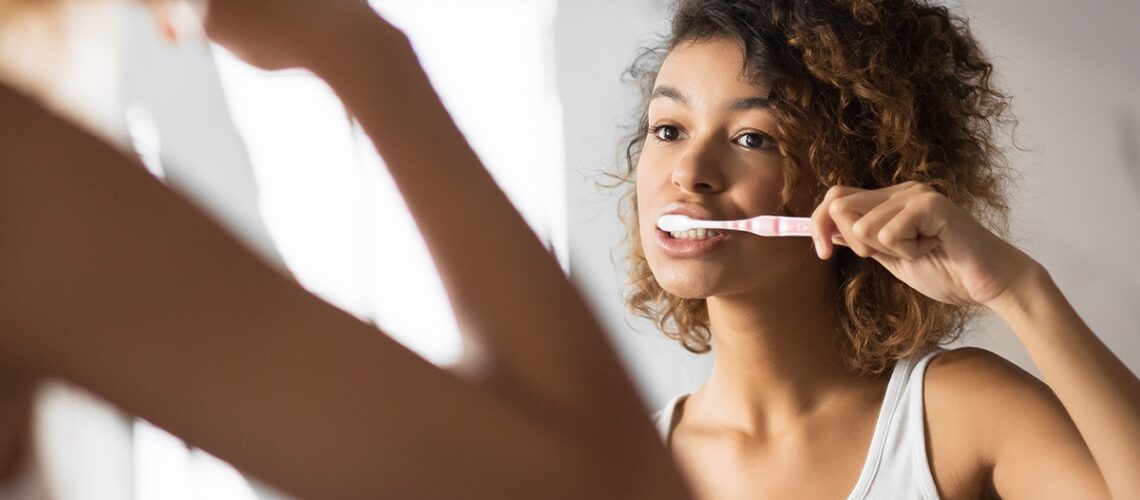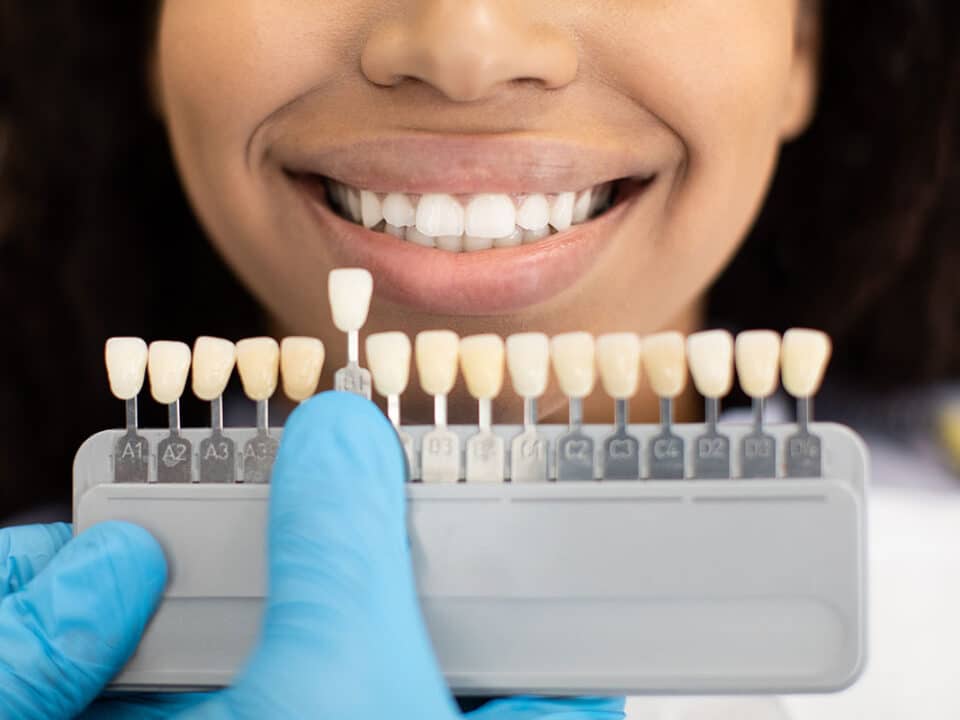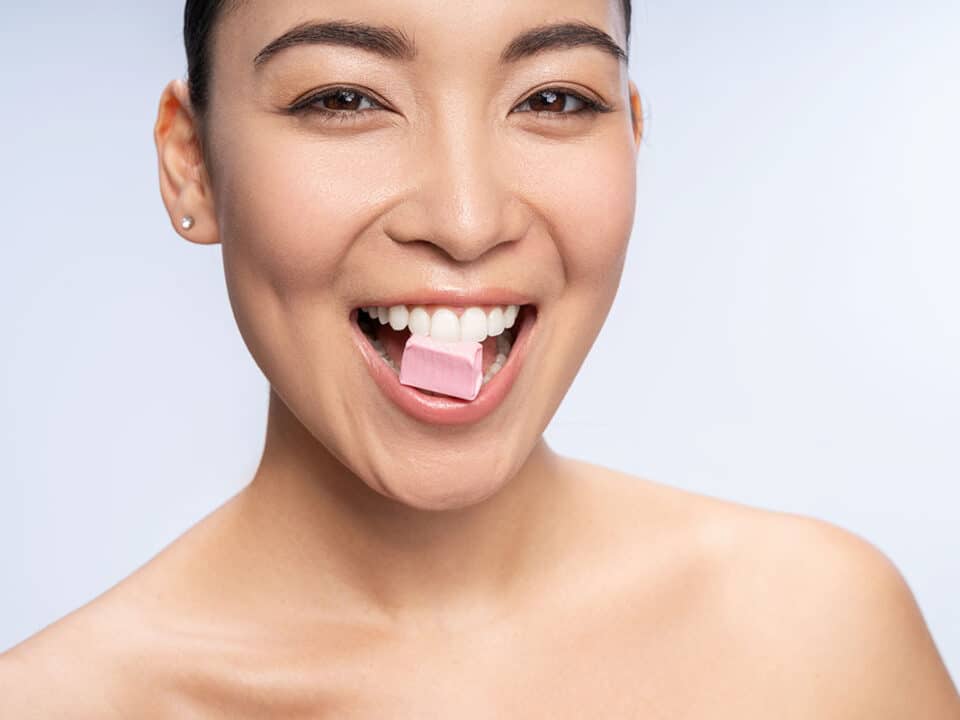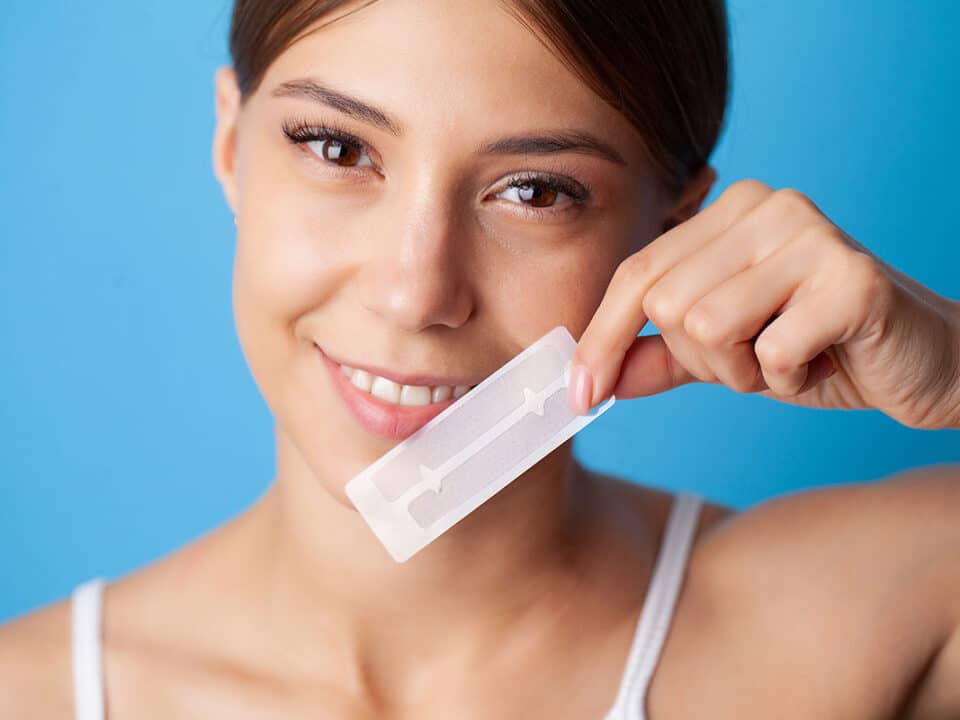Table of Contents
You’ve been brushing your teeth pretty much since they first came in, which is why it might seem like the most elementary of oral care tasks. Believe it or not though, there’s a lot you can get wrong. In fact, very few of us actually brush our teeth perfectly so chances are you’ll have some areas for improvement.
Let’s discuss how to brush your teeth properly and give you some pointers of what to do.
Choose the right toothbrush
The first thing you need to make sure of is that you’re using the right type of brush. When you visit the pharmacy or the health care section of a supermarket you could find yourself overwhelmed with the number of choices for something so simple so here’s what to look for.
Selecting a toothbrush starts with its size and head shape. You need to be able to reach all areas of your mouth so you can brush everywhere. This rule applies regardless of whether you have an electric brush or a manual one.
Next you’ll want to grab something with soft bristles. We can’t say this enough, because it’s the bristles that contact your teeth and they essentially act as an abrasive to remove food particles and bacteria. Soft bristles are easier on your teeth and your gums, while also allowing you to clean tight areas better. The flexibility of the bristles lets them conform to the contours of your teeth, getting into the tight spaces and just under your gumline more easily.
Choose a shape that fits into your mouth and feels good in your hand, but make sure it has soft or ultra soft bristles for the best and safest clean.
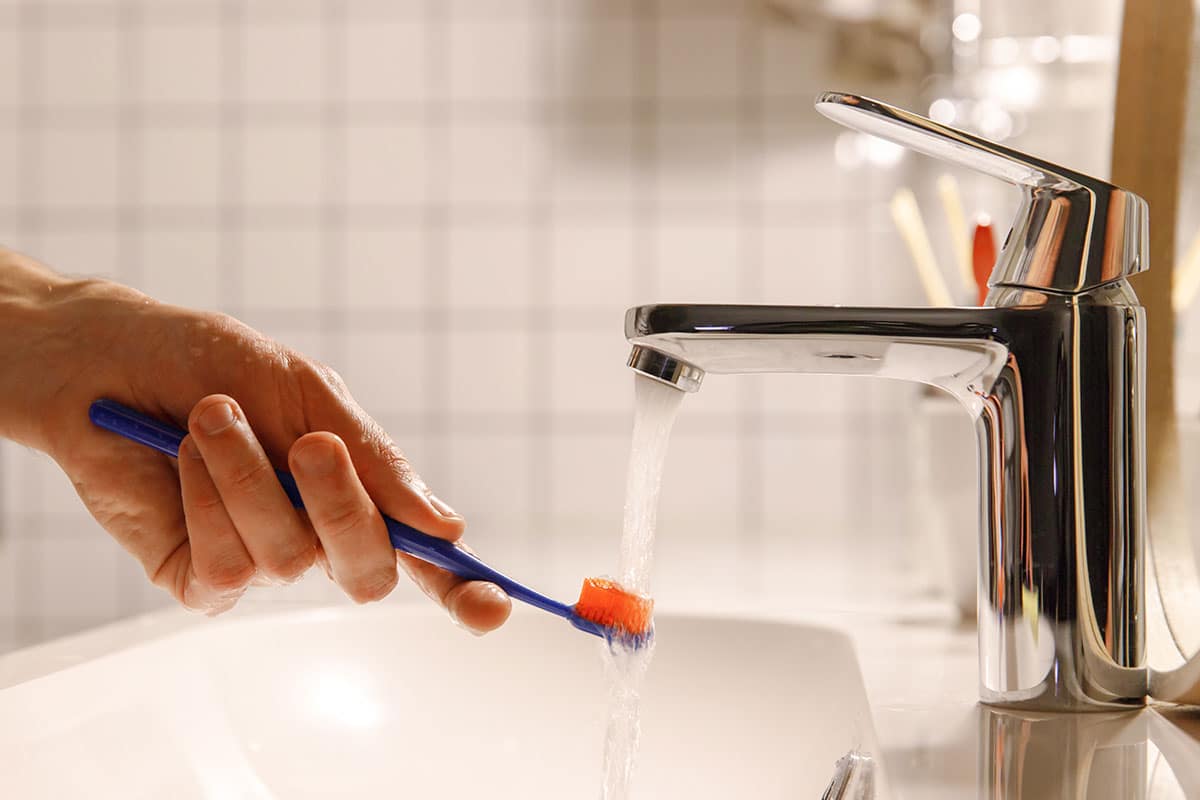
Keep it fresh
Don’t hold onto your old toothbrush for too long. We know that for some reason it’s difficult to part with a well broken in toothbrush, but you really need to pull that band aid off. A worn toothbrush will have bristles that aren’t functioning properly and can do damage to your teeth and gums while you brush. When the bristles don’t stand up straight, have lost their colour, or when your brush looks worn – replace it. Most toothbrushes will last a few months but after that they should really be switched out. Pharmacies often run sales on toothbrushes or offer value-packs, so it might make sense to stock up when you see a good deal. A visit to the dentist will also net you some free toothbrushes.
Take your time and be meticulous
Visiting the dentist to have dental problems fixed takes time and it’s expensive. Aside from essential cleaning appointments, patients can often avoid bigger problems simply by having a meticulous, daily cleaning routine. Part of that routine is taking the time to brush properly, which means a minimum of twice a day for at least two minutes. It’s recommended to put about 10-15 strokes onto each tooth, so however long that takes. Many electric toothbrushes come with timers that will tell you when to move onto a different area of your mouth.
Take it easy with the pressure
Sometimes we ask patients to demonstrate for us how they brush their teeth and what we see often needs a lot of correction. We see a lot of patients really go to town on their teeth, with crazy amounts of pressure and a furious motion. Scrubbing too hard isn’t good for your teeth and it won’t get them any cleaner. In fact, aggressive brushing can speed up the ageing process of the enamel and cause teeth to become porous. Food particles, bacteria and plaque are soft and easily removed through gentle motion with a soft bristle brush so there’s no need to go ham. Think of a light tooth “massage” instead of a heavy “scrubbing” like you would give a bathroom shower tile.
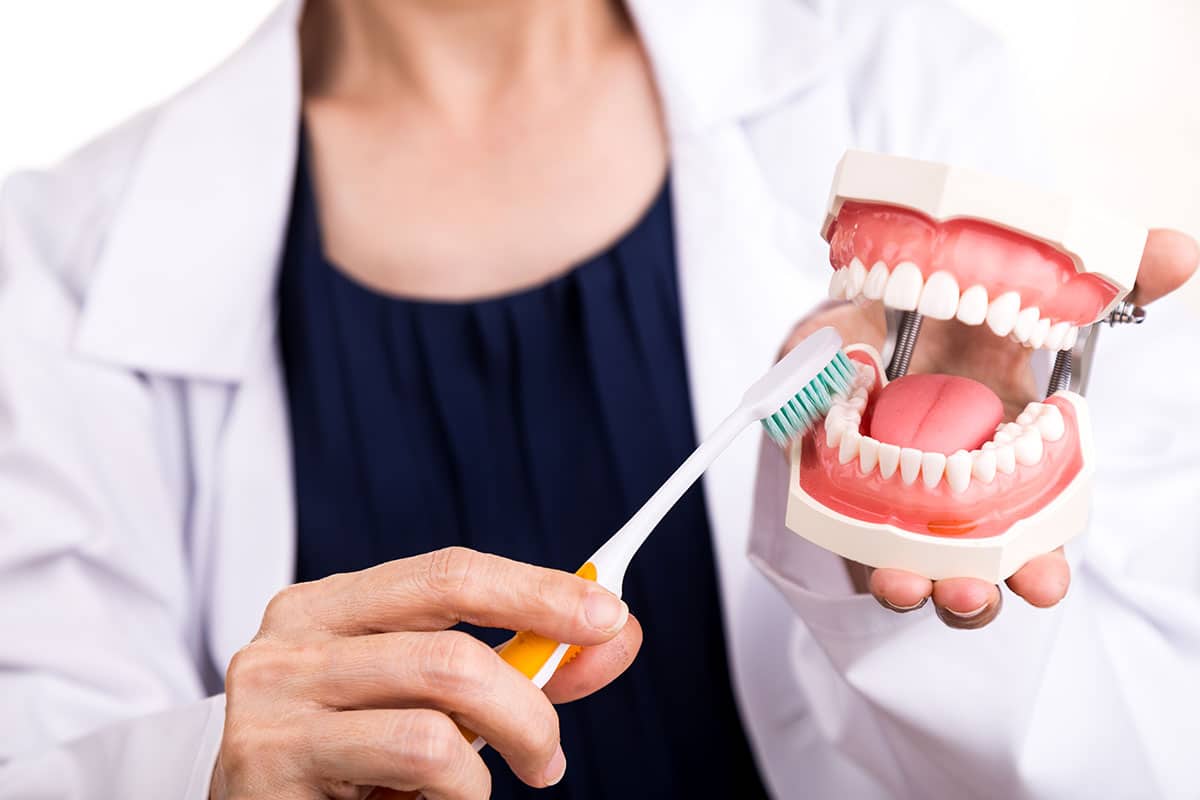
Your motion might need some adjustment
Lots of patients demonstrate a left-to-right or back and forth brushing motion and that’s not correct. Every mouth is a bit different but generally little circular motions that barely touch the gumline are ideal. A good way to begin is to place the bristles just against your gumline, turn the brush to a 45-degree angle and start doing circular or oval motions remembering not to scrub but gently massage your teeth. Speaking with your dentist to make sure you have the right technique is a great way to safely get the most out of every tooth brushing session.
Don’t neglect the gumline
Bacteria starts to grow at the gumline, but many people miss this area or skim over it too quickly. Make sure you have a soft bristle toothbrush so the bristles will bend and touch up against the gumline as you brush. Don’t put too much pressure and make sure you brush your entire tooth from top to bottom.

Focus on a whole mouth clean
This should go without saying, but you should brush every area of your teeth, including the inside portion. You might think we’re joking but we’ve seen patients who brush their teeth frequently, but only the outside portion. Performing the proper circular motion on the inside portion of your teeth is more difficult but you MUST take the time and care to clean it properly as well.
Don’t brush right away
While it’s a great idea to brush your teeth after every meal, you shouldn’t do so immediately. The process of eating and some of the foods we commonly eat create acidity in your mouth, so brushing your teeth right away is a bad idea. You’ll end up wearing down your enamel much faster by brushing while it’s temporarily softened by the acidic environment. Better to wait 15-20 minutes so that your saliva can do its job and neutralize the acid before you clean your teeth. If you don’t have time, even a quick rinse of your mouth can do a lot for oral cleanliness.
Make sure you brush at least twice a day
You need to brush your teeth at least twice every day, for at least two minutes and using the proper technique. One of those brushing sessions should also include a flossing (usually the before-bed brushing). To keep bacteria from getting rampant it needs to be stirred up and washed away every 12 hours, so brush in the morning and brush/floss at night. Throw in an alcohol-free mouthwash for the ultimate bacteria-busting teeth-cleaning regimen. Brushing regularly if you smoke or eat a lot of sugary foods is vital to a healthy mouth longterm.
Remember, even a great teeth cleaning routine is not a substitute for the professional deep clean you get from your dentist. Make an appointment every six months for a cleaning, and you can rest easy knowing you’re doing your part to keep your mouth healthy.
Check us out on Facebook and Twitter for daily information about Oral Health from Martindale Dental, or visit our offices in Hamilton and St. Catharines.
Have more questions?
Please contact us for all inquiries or to book an appointment with one of our convenient clinic locations. We look forward to hearing from you.

